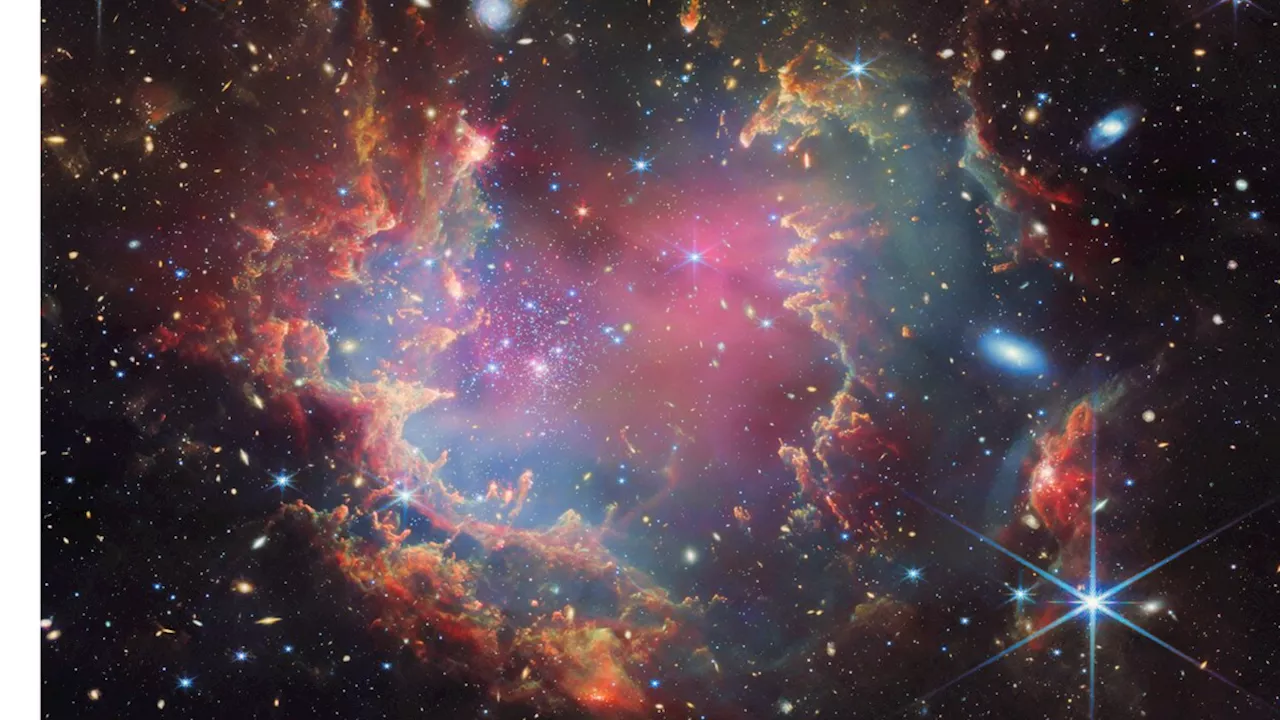Robert Lea is a science journalist in the U.K. whose articles have been published in Physics World, New Scientist, Astronomy Magazine, All About Space, Newsweek and ZME Science. He also writes about science communication for Elsevier and the European Journal of Physics. Rob holds a bachelor of science degree in physics and astronomy from the U.K.
Jam packed issues filled with the latest cutting-edge research, technology and theories delivered in an entertaining and visually stunning way, aiming to educate and inspire readers of all agesAt this point, astronomers are used to the James Webb Space Telescope pushing the boundaries of astronomy — so it is little surprise that the $10 billion telescope has surpassed itself again.
Also, because it has an under-abundance of elements heavier than hydrogen and helium , regions like NGC 602 and the wider SMC are good proxies for"metal-poor" galaxies found in theJames Webb Space Telescope will get best view yet of 'failed stars' and rogue planets Brown dwarfs don't just differ from planets in terms of how they form. Unlike most planets, these objects also wander the cosmos untethered to parent stars. Theyshare some characteristics with gas giant planets such as the composition of their atmospheres and the storms that rage across them.
United States Latest News, United States Headlines
Similar News:You can also read news stories similar to this one that we have collected from other news sources.
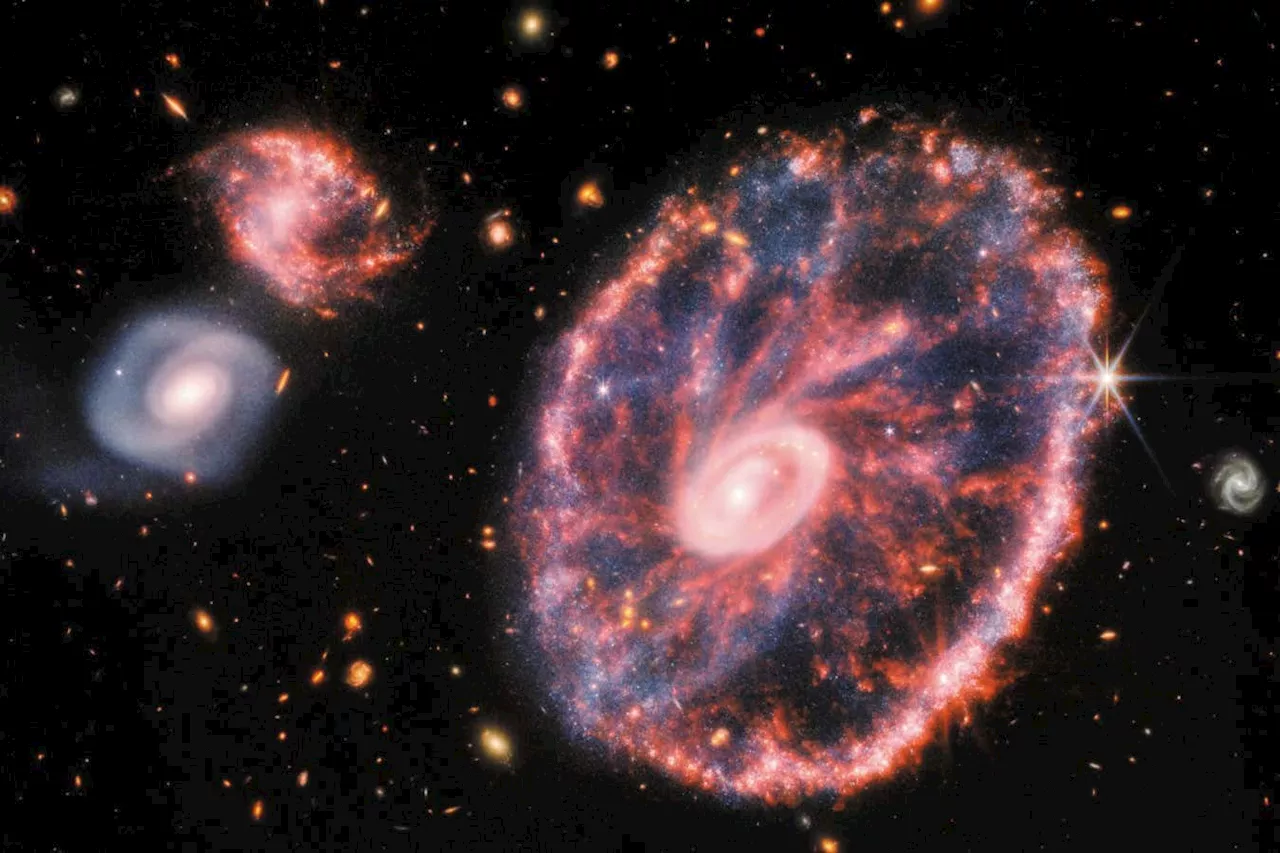 10 stunning James Webb Space Telescope images show the beauty of spaceMaggie Aderin-Pocock, who has worked on the JWST, catalogues the science behind its most stunning images in her new book, Webb's Universe. Here's her pick of the telescope’s best shots
10 stunning James Webb Space Telescope images show the beauty of spaceMaggie Aderin-Pocock, who has worked on the JWST, catalogues the science behind its most stunning images in her new book, Webb's Universe. Here's her pick of the telescope’s best shots
Read more »
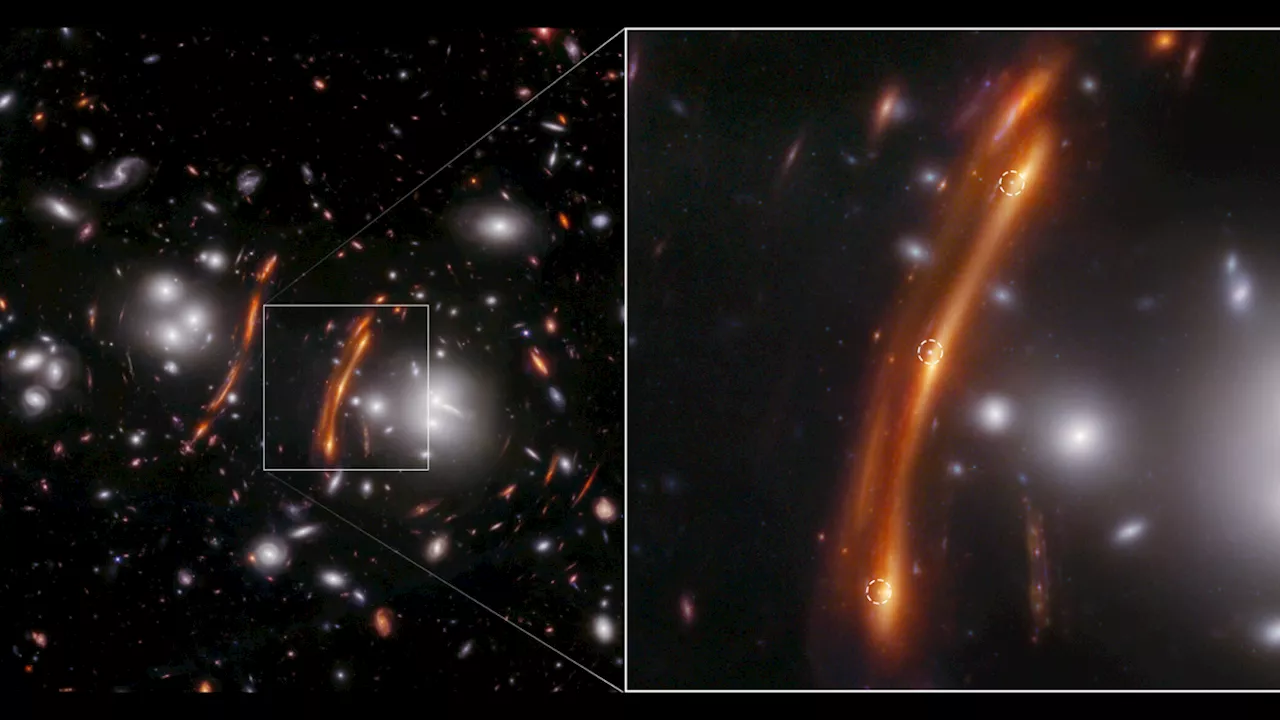 James Webb Space Telescope finds supernova 'Hope' that could finally resolve major astronomy debateRobert Lea is a science journalist in the U.K. whose articles have been published in Physics World, New Scientist, Astronomy Magazine, All About Space, Newsweek and ZME Science. He also writes about science communication for Elsevier and the European Journal of Physics. Rob holds a bachelor of science degree in physics and astronomy from the U.K.
James Webb Space Telescope finds supernova 'Hope' that could finally resolve major astronomy debateRobert Lea is a science journalist in the U.K. whose articles have been published in Physics World, New Scientist, Astronomy Magazine, All About Space, Newsweek and ZME Science. He also writes about science communication for Elsevier and the European Journal of Physics. Rob holds a bachelor of science degree in physics and astronomy from the U.K.
Read more »
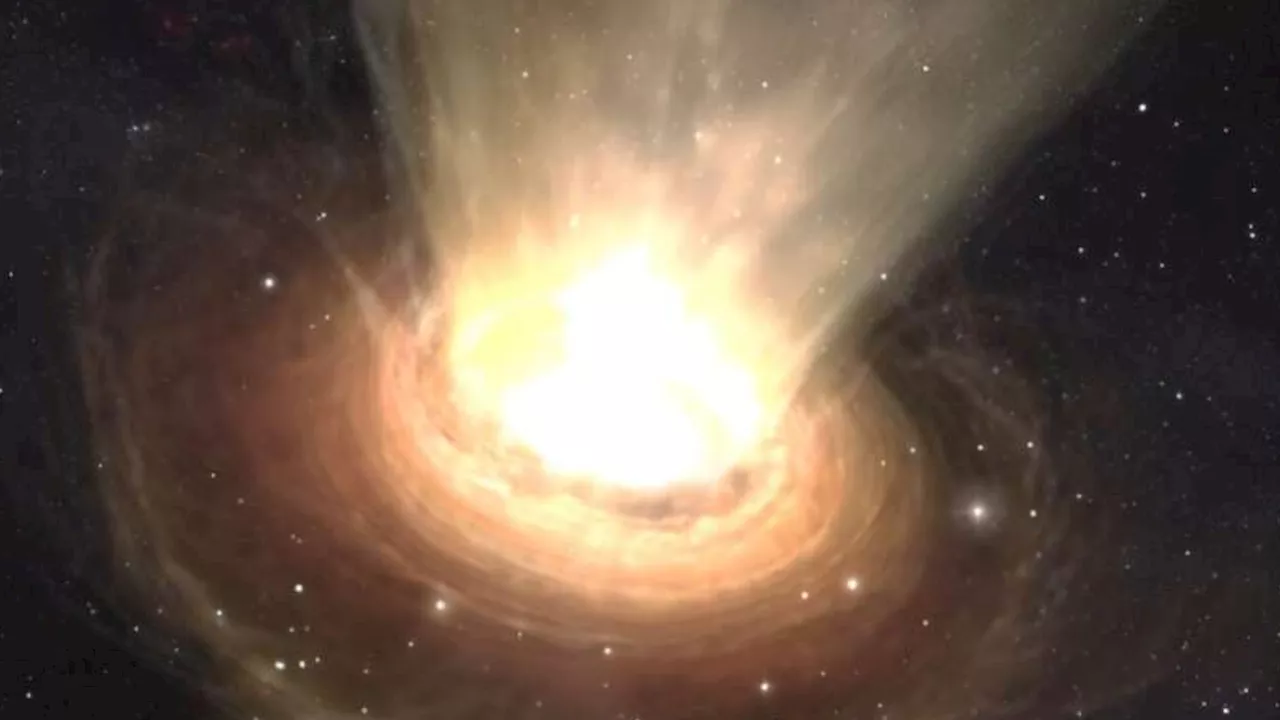 Ancient supermassive black hole is blowing galaxy-killing wind, James Webb Space Telescope findsRobert Lea is a science journalist in the U.K. whose articles have been published in Physics World, New Scientist, Astronomy Magazine, All About Space, Newsweek and ZME Science. He also writes about science communication for Elsevier and the European Journal of Physics. Rob holds a bachelor of science degree in physics and astronomy from the U.K.
Ancient supermassive black hole is blowing galaxy-killing wind, James Webb Space Telescope findsRobert Lea is a science journalist in the U.K. whose articles have been published in Physics World, New Scientist, Astronomy Magazine, All About Space, Newsweek and ZME Science. He also writes about science communication for Elsevier and the European Journal of Physics. Rob holds a bachelor of science degree in physics and astronomy from the U.K.
Read more »
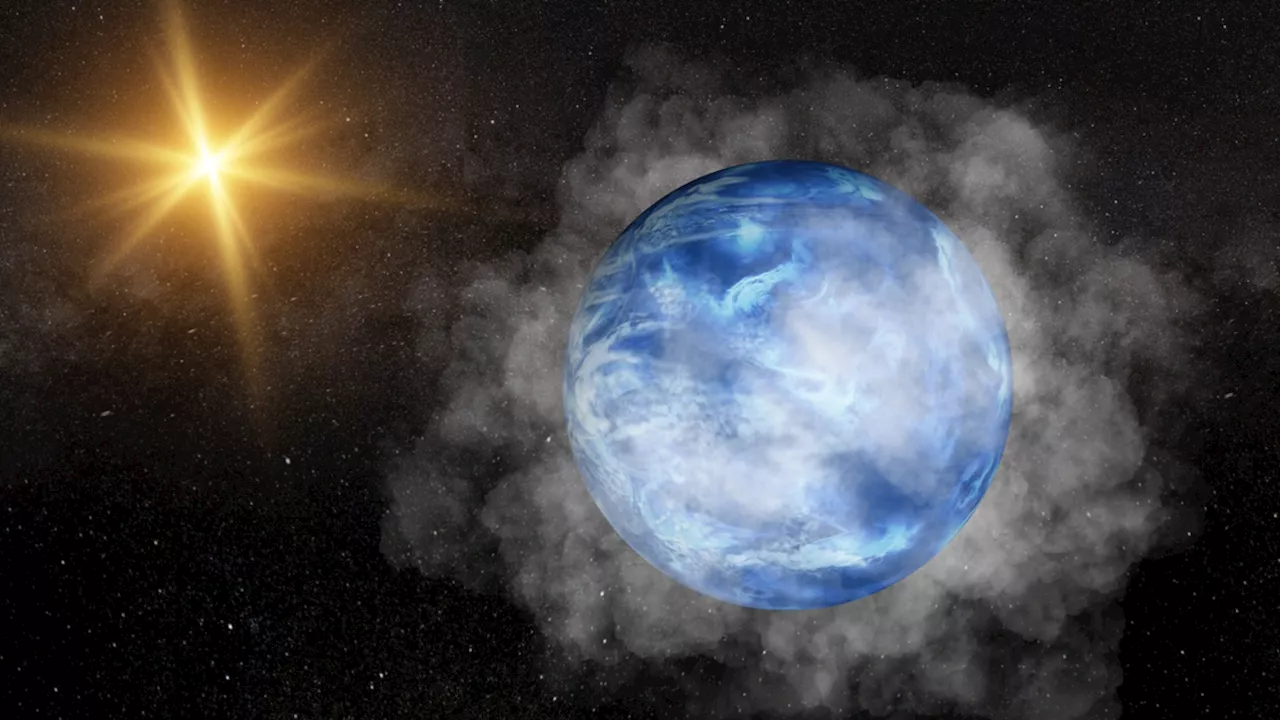 Nearby exoplanet is a 1st-of-its-kind 'steam world,’ James Webb Space Telescope findsRobert Lea is a science journalist in the U.K. whose articles have been published in Physics World, New Scientist, Astronomy Magazine, All About Space, Newsweek and ZME Science. He also writes about science communication for Elsevier and the European Journal of Physics. Rob holds a bachelor of science degree in physics and astronomy from the U.K.
Nearby exoplanet is a 1st-of-its-kind 'steam world,’ James Webb Space Telescope findsRobert Lea is a science journalist in the U.K. whose articles have been published in Physics World, New Scientist, Astronomy Magazine, All About Space, Newsweek and ZME Science. He also writes about science communication for Elsevier and the European Journal of Physics. Rob holds a bachelor of science degree in physics and astronomy from the U.K.
Read more »
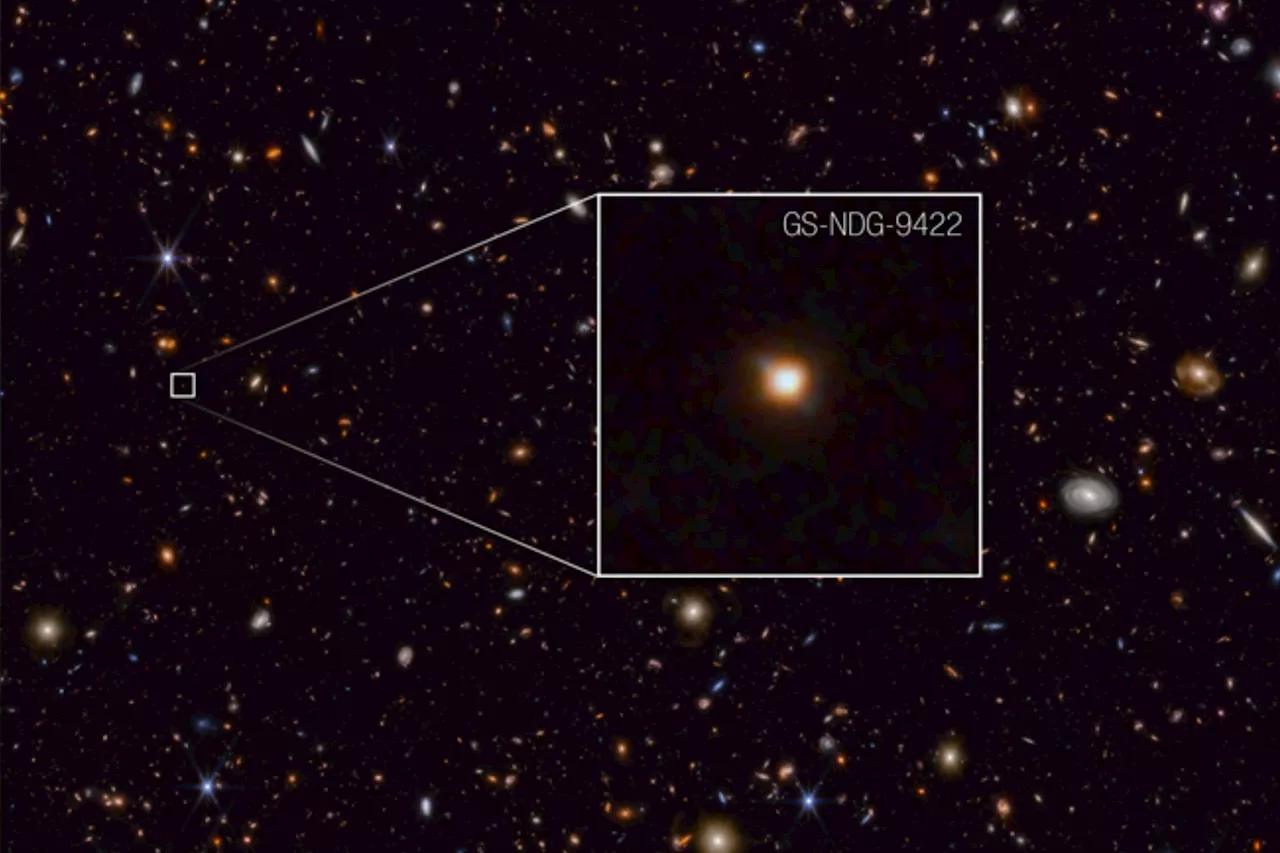 'Weird' Ancient Galaxy Discovered by James Webb Space TelescopeThe gas clouds of galaxy GS-NDG-9422 have been observed shining brighter than its stars, something which is very rare, astronomers say.
'Weird' Ancient Galaxy Discovered by James Webb Space TelescopeThe gas clouds of galaxy GS-NDG-9422 have been observed shining brighter than its stars, something which is very rare, astronomers say.
Read more »
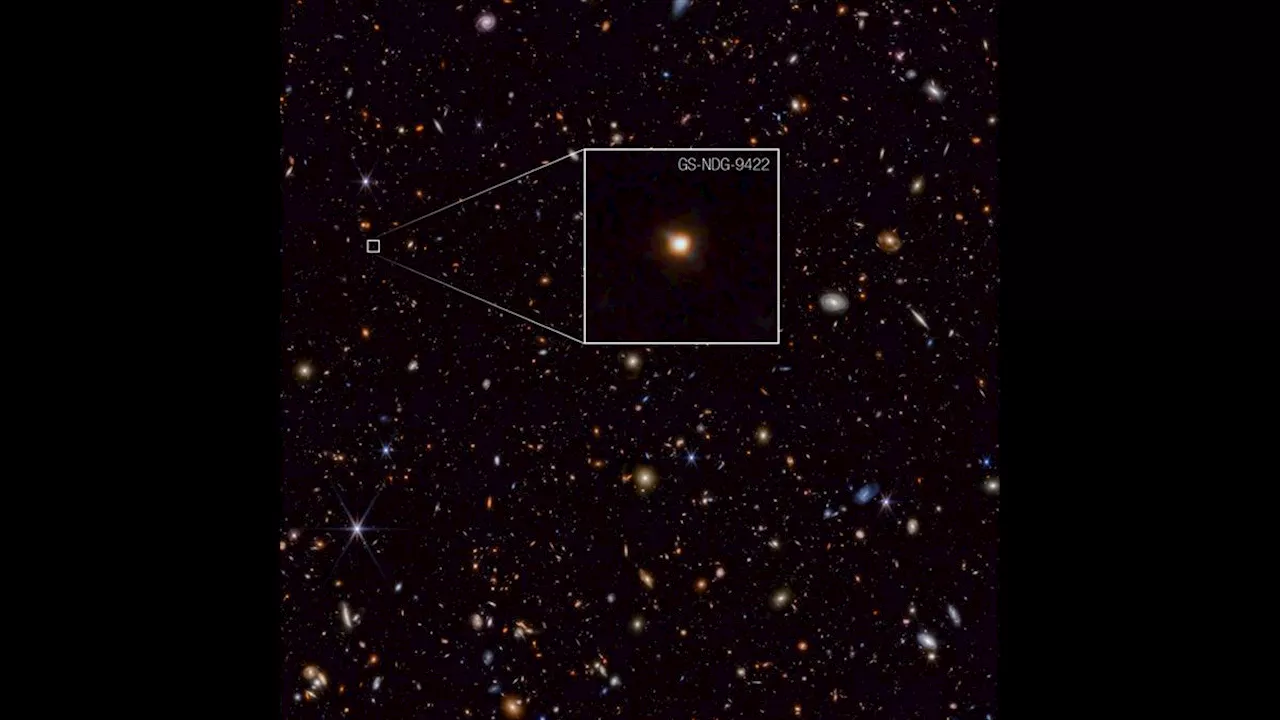 'That's weird': James Webb Space Telescope spies a strange galaxy outshining its starsSharmila Kuthunur is a Seattle-based science journalist covering astronomy, astrophysics and space exploration. Follow her on X skuthunur.
'That's weird': James Webb Space Telescope spies a strange galaxy outshining its starsSharmila Kuthunur is a Seattle-based science journalist covering astronomy, astrophysics and space exploration. Follow her on X skuthunur.
Read more »
